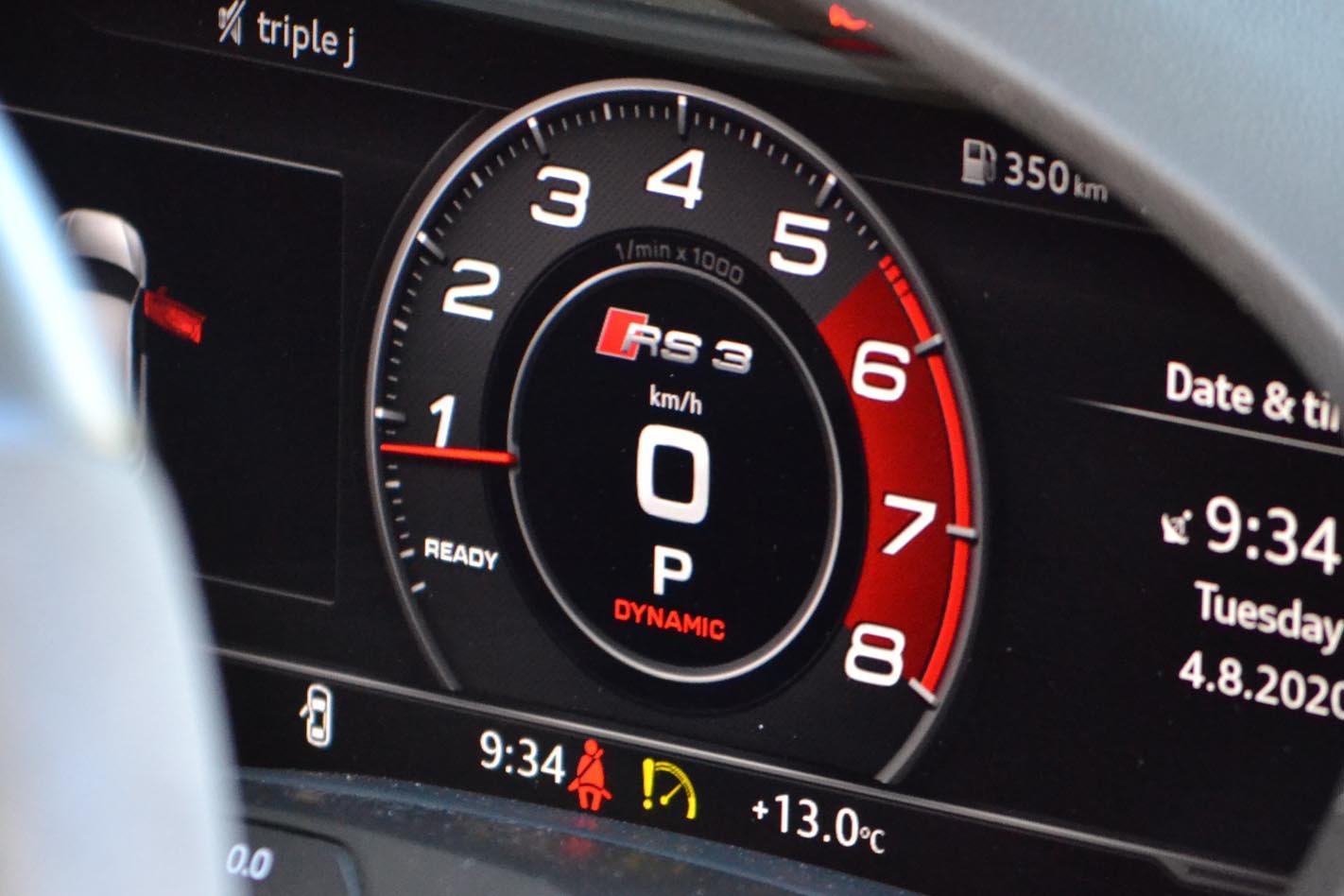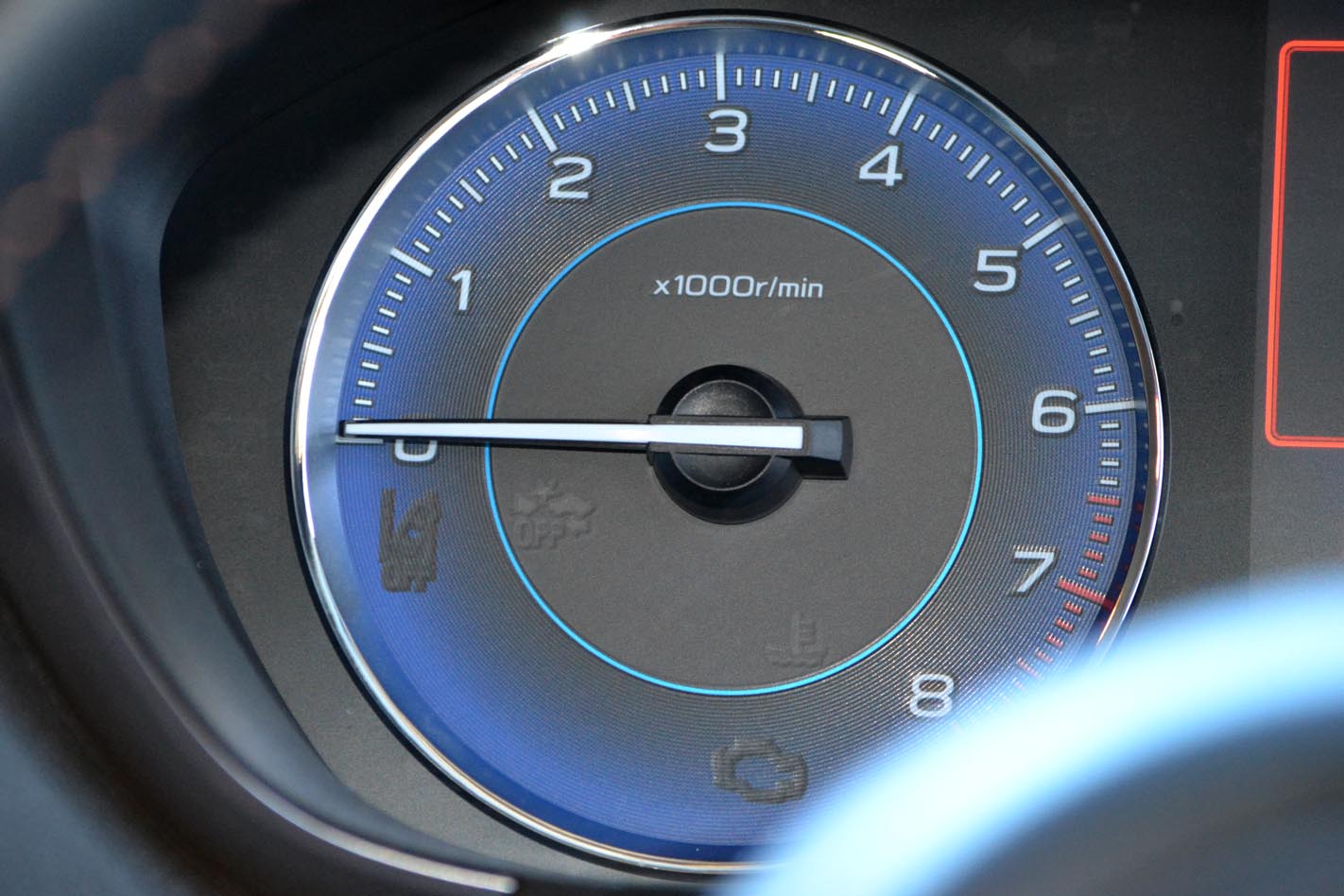
Gauges are becoming less frequent in new cars with once-commonplace coolant temperature, volts and amp readouts, for example, now largely consigned to history and the classics.
The theory goes that even if you did know how many psi of oil pressure is healthy, there’s only a limited amount you can do on the roadside if it does start to falter out of range.
In most cases, a simple warning light or message prompts a visit to the service centre where the pros will deal with it instead of the driver having to deal with a full dial of information, but there’s one gauge that is still very much a part of your dashboard and will continue to be for many years yet. Or will it?
RPM
Simply, RPM stands for revolutions per minute (or revs per minute) and this significant gauge tells the driver how fast the engine is spinning.
A typical engine rev-range is from an idle of between 500 and 1000rpm, and a maximum speed of about 6000 to 7000rpm.You’ll often find a little multiplication sign next to RPM so that neater single or double figures can be displayed on the gauge instead of the full four-digit number.
The gauge’s correct name is the tachometer which many shorten simply to tacho or rev counter. It gets its name from the Greek word for speed – tachos.The reason the tachometer has hung around for so long while many other gauges have fallen from the dashboard is that it is not primarily a diagnostic device. Knowing how fast the engine is turning is arguably as important as the other gauge that often sits next to it – the speedometer.That said, the rev counter can also be an important diagnostic device, especially when describing the nature of a problem to a mechanic.

Why does RPM matter?
How fast the engine is revolving has implications for both performance and efficiency. As a general rule, the faster an engine spins, the more power it produces up to a point near the maximum designed speed, at which point power production starts to drop off.If you want the maximum performance out of your engine, you’ll want to know how close you are to its peak power revs.Knowing your car’s engine speed will also help you find the torque sweet spot, too. Unlike power, which generally increases with speed all the way to the redline, torque production is not related to time and often has a peak lower down in the rev range.
Of course, both of these elements are tied to fuel economy. If you are seeking maximum mileage out of a tank, keeping the revs low or around the peak torque point is key.
And if you choose to spend all your time near the rev limiter for max power, you’ll notice another gauge moving fast – the fuel gauge, in a downwards direction.
R-evolution
Would you believe that years ago a tachometer was seen as a bit of a luxury and only provided as standard on high-performance and premium models?
As engine performance and efficiency improved over the years, however, the tacho became more commonplace for all vehicles regardless of the price.But now, rpm and the rev counter is entering a new phase in its life. As more vehicles evolve into an electric era, rpm is becoming less relevant, with no need to inform the driver of electric motor speed.There is a glimmer of hope for the three letters, though. While a vast majority of EVs are single speed, multi-speed gearboxes are emerging as a potential technology for electrified vehicles, bringing all the advantages they did to combustion power.That might mean the reintroduction of this longstanding acronym and its preservation into a very different automotive landscape.




